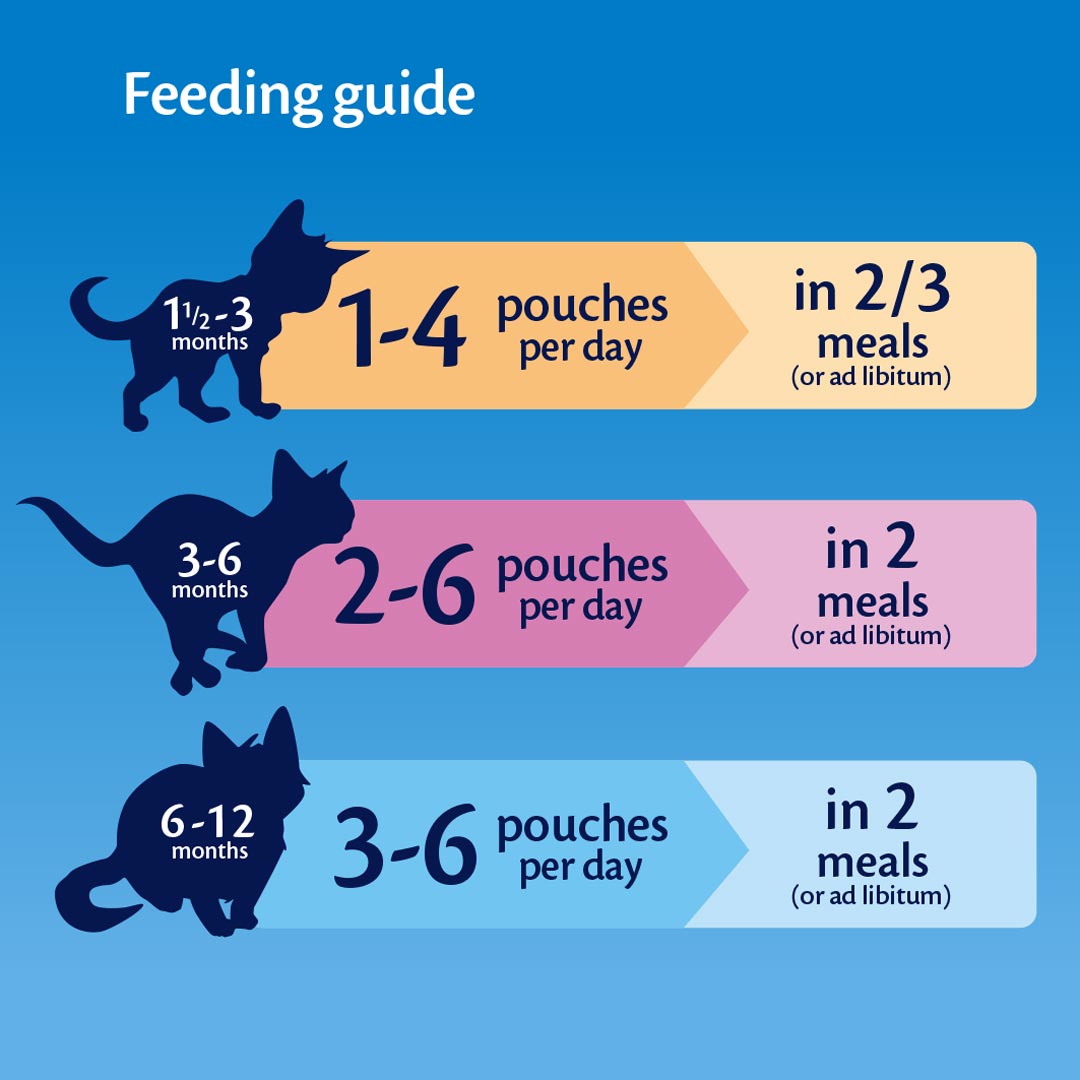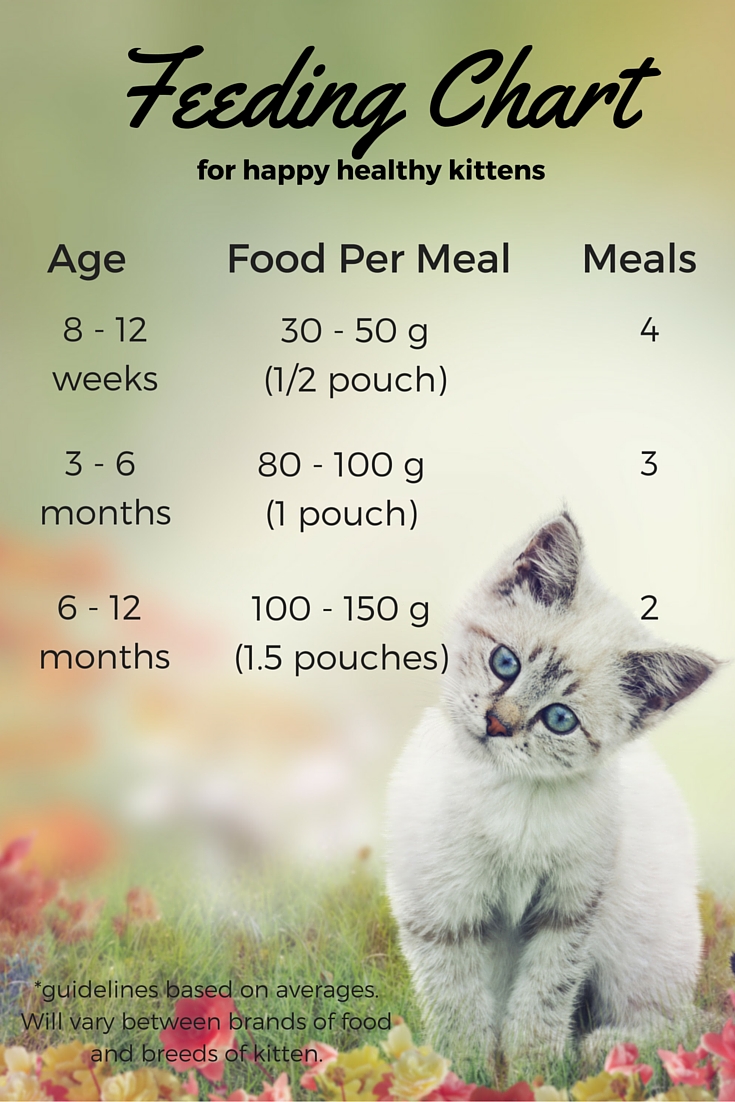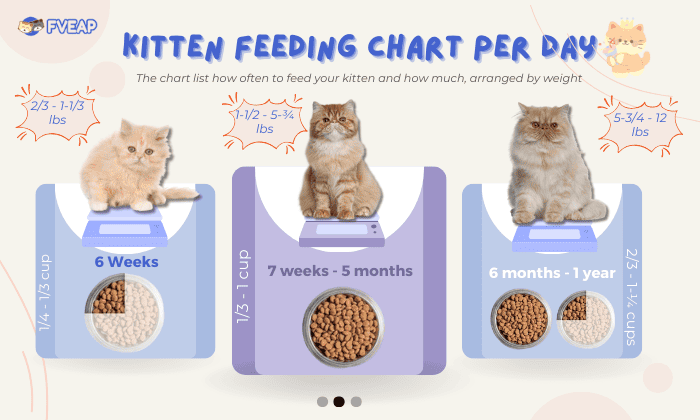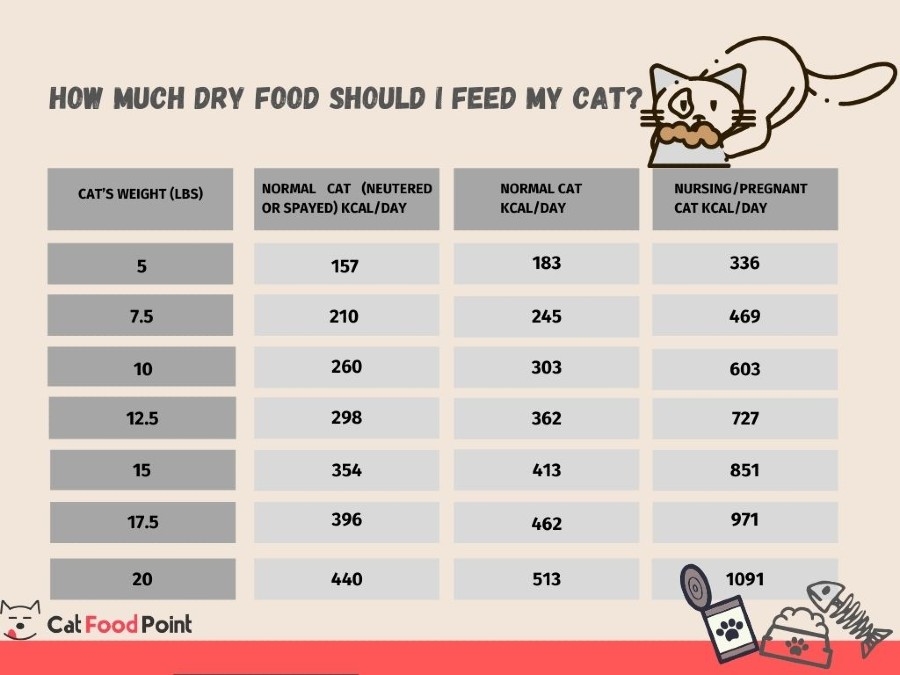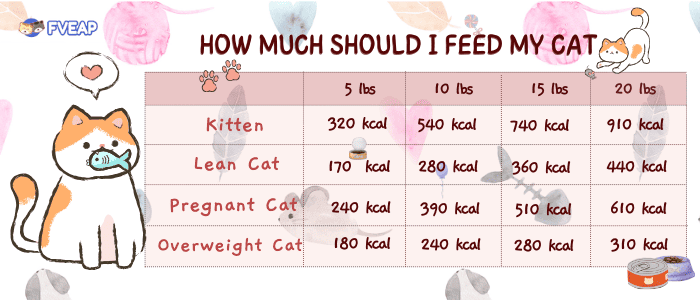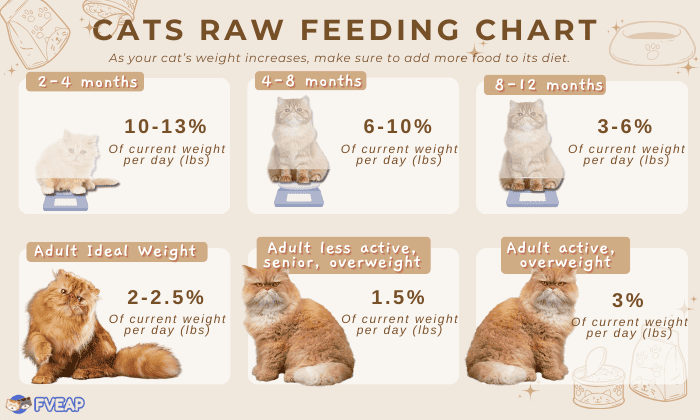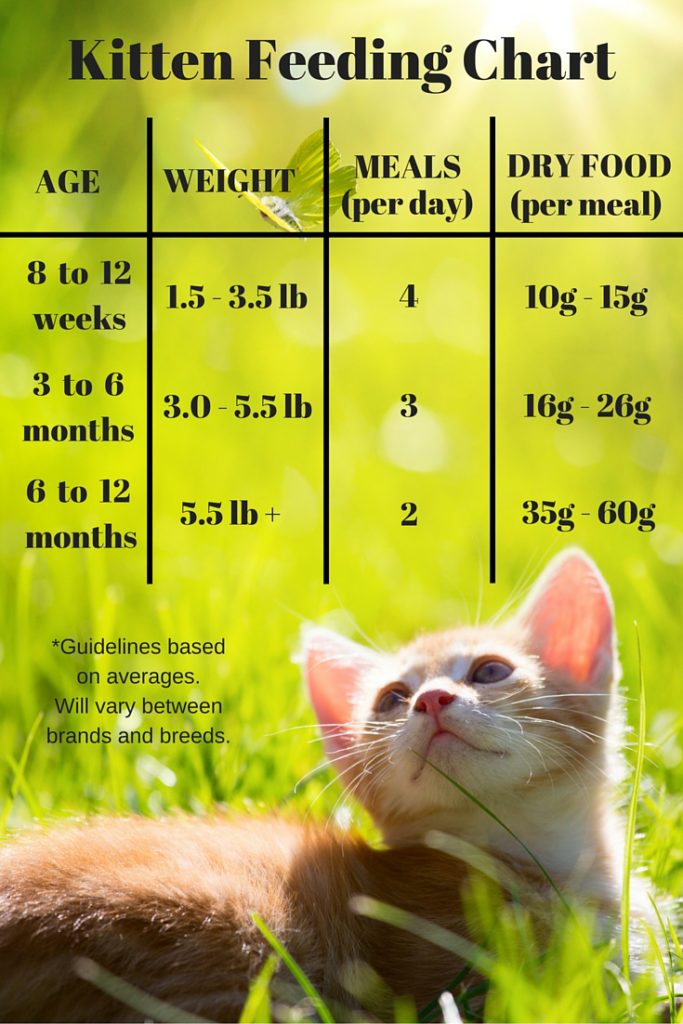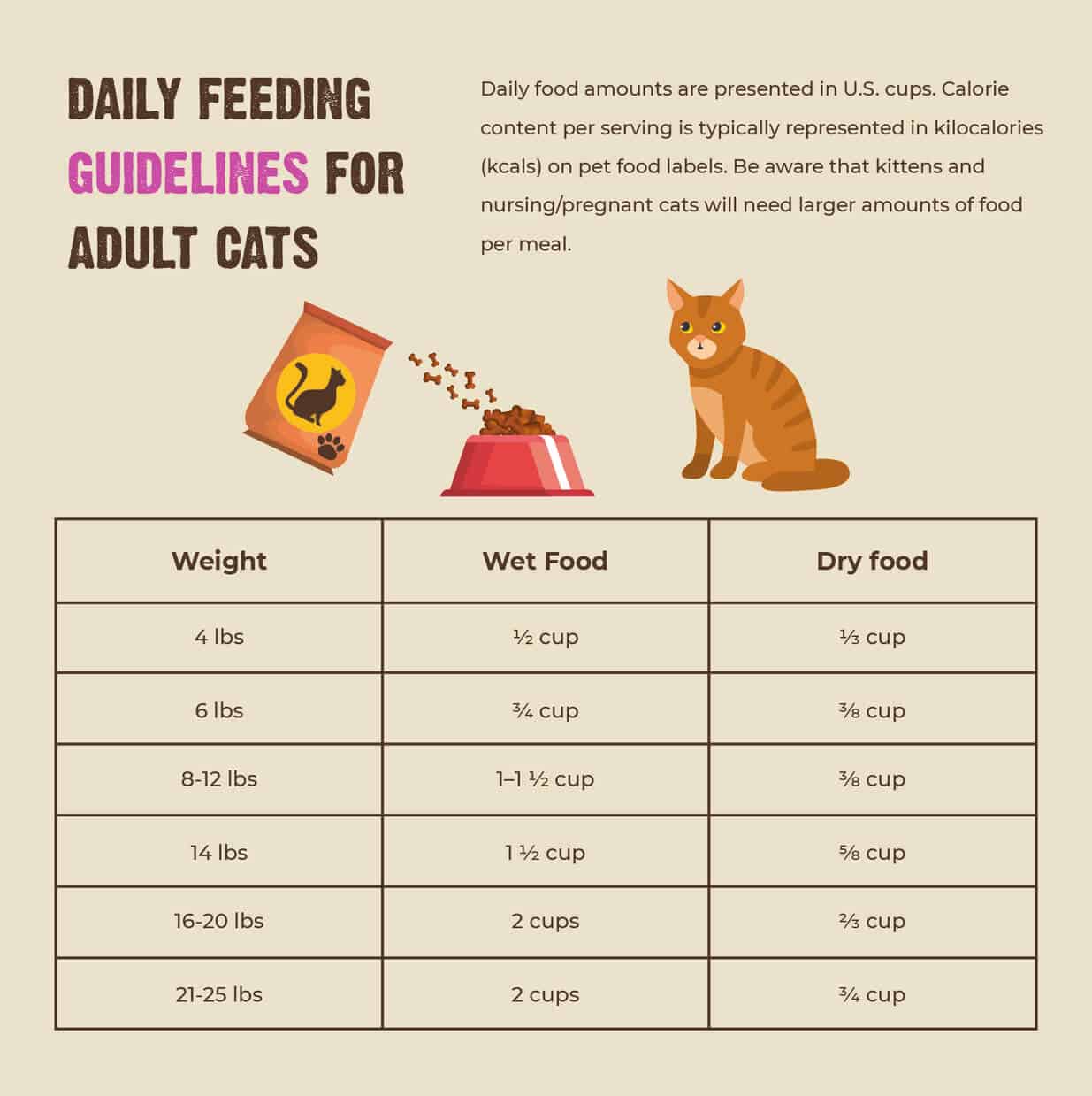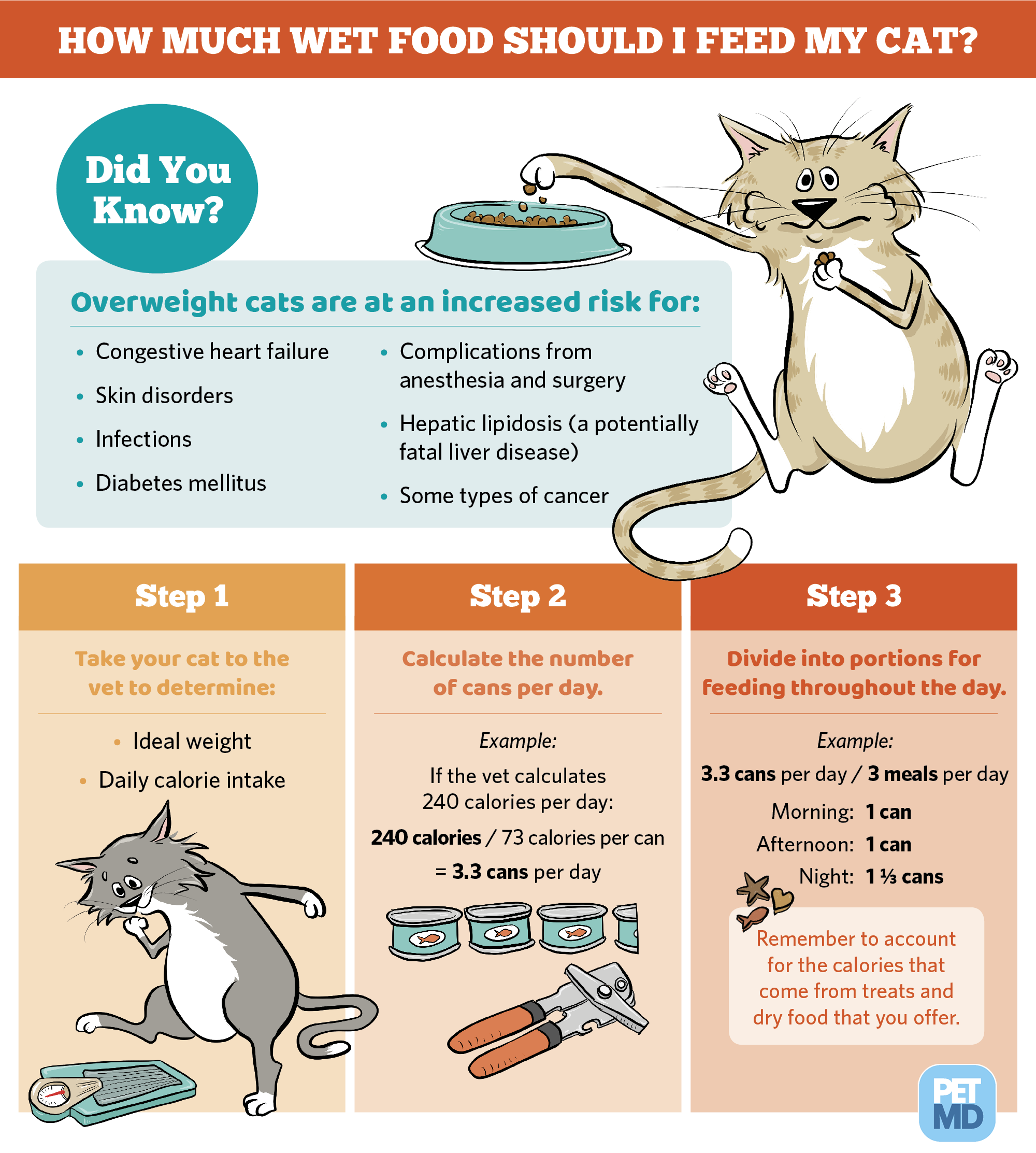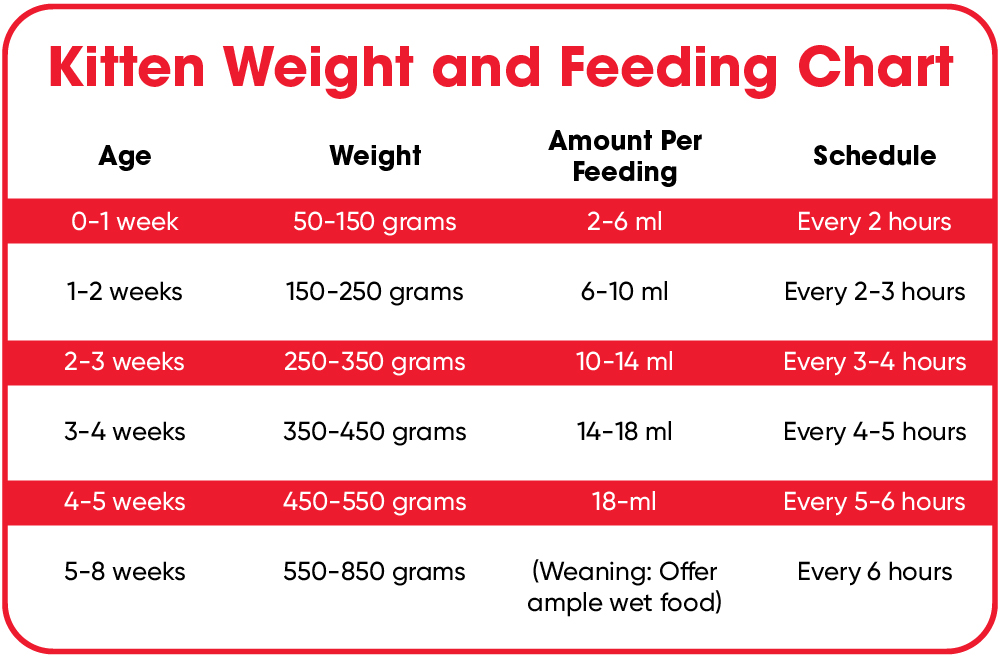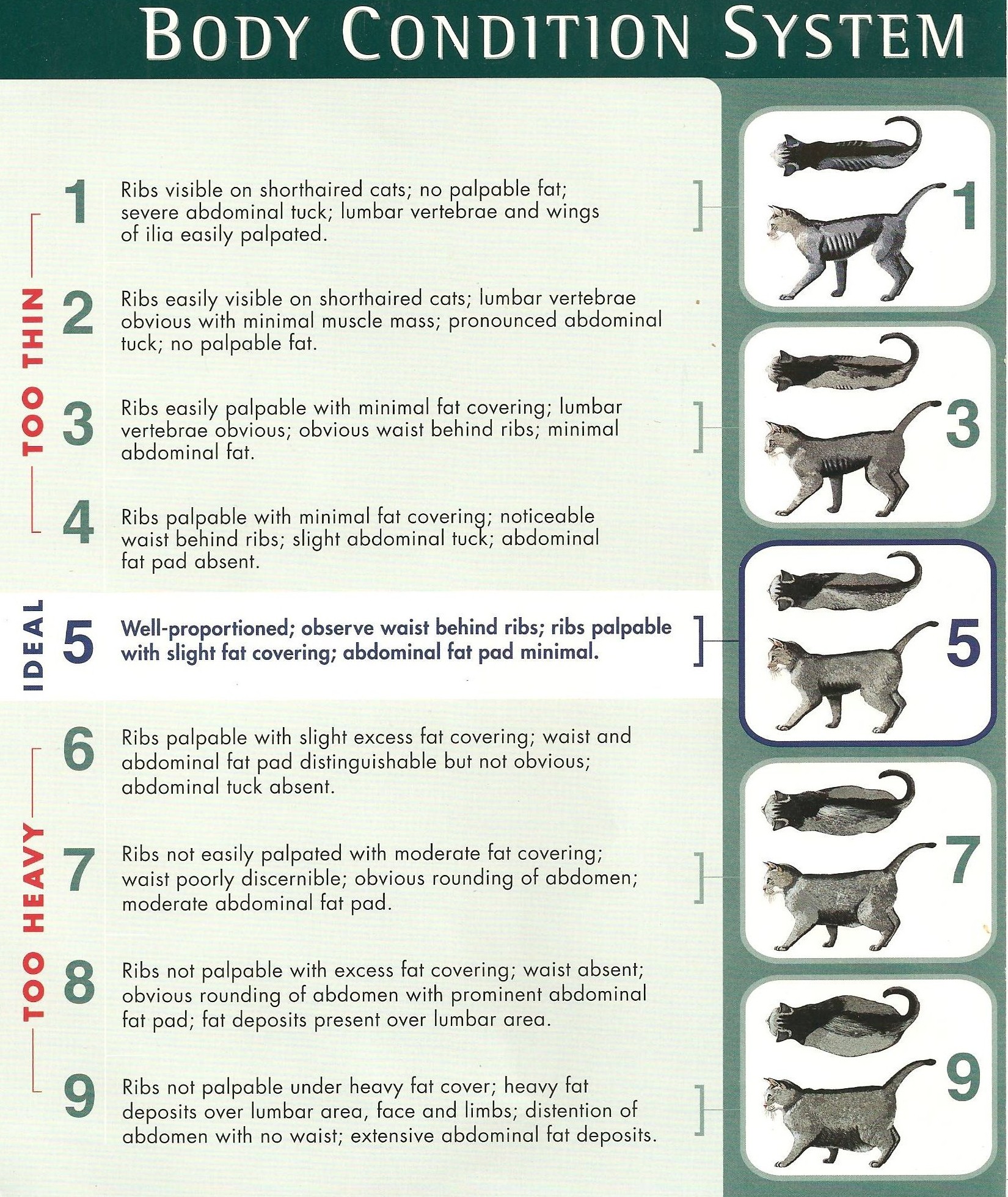How Much Do You Need To Feed A Kitten
:max_bytes(150000):strip_icc()/Kitten-Feeding-Schedule-How-Much-to-Feed-Your-Growing-Kitten-b19b7f9223d64d2c9b4a040130eca3ca.png)
Kitten feeding can be a life-or-death matter, especially in their early weeks. Inadequate nutrition in these formative stages can lead to severe health problems and even fatality.
The Urgent Need for Precise Kitten Feeding
This guide provides critical information on how much to feed your kitten to ensure optimal growth and development.
Who: The Vulnerable Recipients
Kittens, particularly those under six months, are highly susceptible to nutritional deficiencies. Their rapid growth demands precise dietary intake.
What: Nutritional Requirements Vary by Age
A newborn kitten needs a very specific milk replacement formula. According to the Pet Nutrition Alliance, weight gain should be carefully monitored.
When: Frequency is Key
Newborn kittens (0-4 weeks) need to be fed every 2-3 hours, around the clock. As they mature, feeding frequency decreases.
By 8 weeks, kittens can typically eat 3-4 times a day.
Where: A Safe and Clean Environment
Always feed kittens in a quiet, clean environment to minimize stress. Stress can inhibit their appetite and digestion.
How: Practical Feeding Guidelines
For orphaned kittens, use a commercial kitten milk replacement (KMR). Never use cow's milk.
Consult the KMR packaging for specific feeding amounts based on the kitten's age and weight. Generally, kittens require about 8ml of KMR per ounce of body weight per day.
Divide this daily amount into the necessary number of feedings.
Transitioning to Solid Food
At around 3-4 weeks, gradually introduce wet kitten food. Mix the wet food with KMR to create a slurry.
Gradually decrease the amount of KMR until the kitten is eating wet food alone.
Dry Food Introduction
Dry kitten food can be introduced gradually alongside wet food. Ensure fresh water is always available.
Choose a high-quality kitten food labeled as complete and balanced by the Association of American Feed Control Officials (AAFCO).
Follow the feeding guidelines on the food packaging, adjusting as needed to maintain a healthy weight.
Monitoring Growth and Body Condition
Regularly weigh your kitten to ensure they are gaining weight appropriately. A healthy kitten should gain approximately 0.5 ounces per day.
Monitor their body condition – you should be able to feel their ribs easily, but they shouldn't be visible.
Consult Your Veterinarian
These guidelines are general recommendations. Consult your veterinarian for personalized feeding advice tailored to your kitten's specific needs and health condition.
If your kitten is not eating well, seems lethargic, or has diarrhea, seek immediate veterinary care.
What's Next: Ongoing Monitoring
Continue to monitor your kitten's weight, body condition, and appetite as they grow. Adjust their feeding schedule and food amounts as needed.
Regular veterinary check-ups are crucial for ensuring your kitten's continued health and well-being. Remember, preventative care is key.

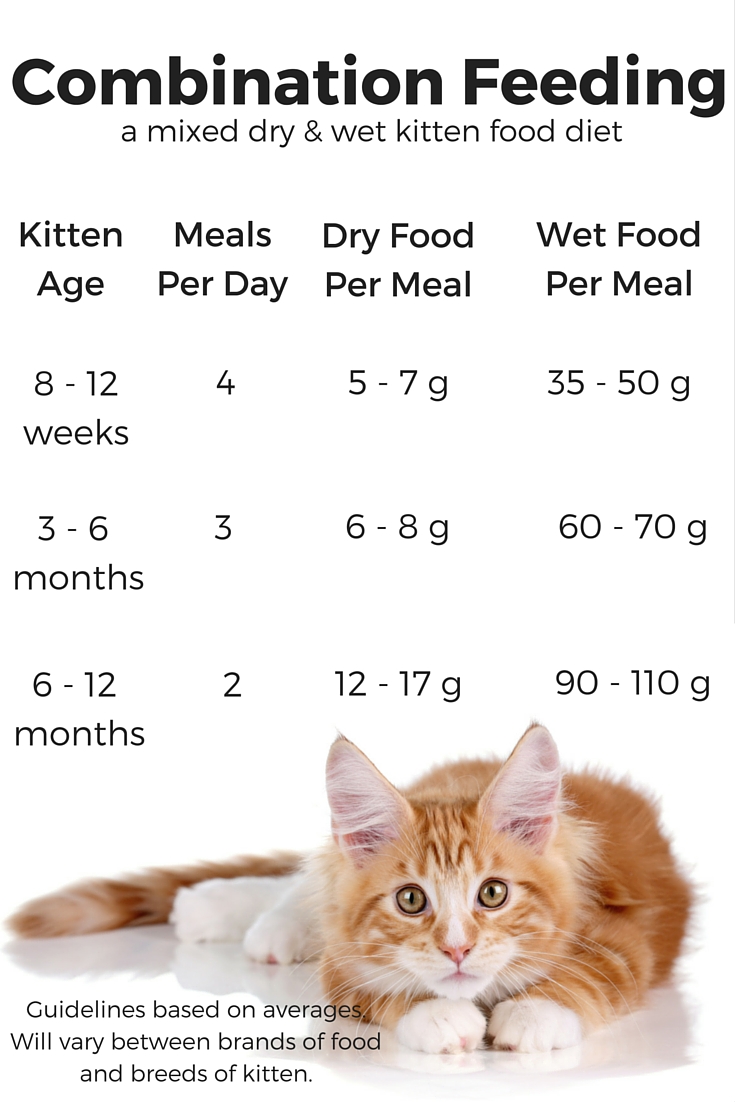
:max_bytes(150000):strip_icc()/how-much-canned-food-to-feed-554404-Final-5c8fa9f046e0fb000187a328.png)


